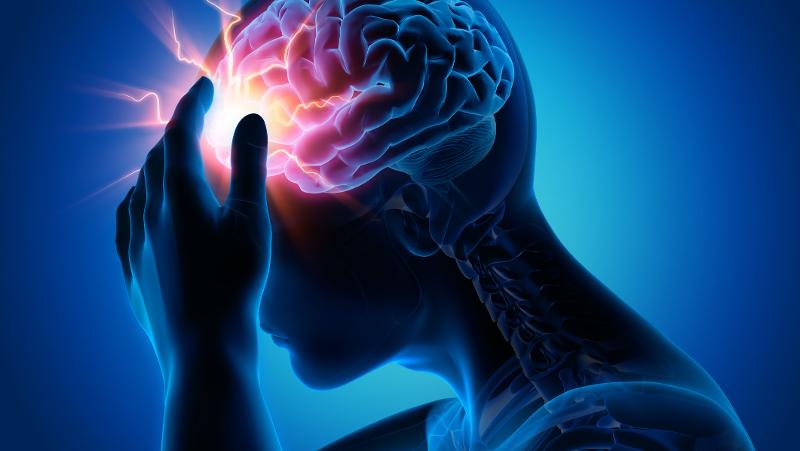
QUT researchers have found the genetic links between headaches, migraines and blood sugar levels, which ultimately could lead to targeted treatments for patients.
- Headache, migraine and blood sugar imbalance have long been reported to co-occur in sufferers
- Genomes of thousands of migraine patients revealed culprit genes
- Migraine and headache share some links to blood sugar regulation, while migraine has several genes with risk factors
- Findings open the door to new prevention and therapeutics
In a study published in Human Genetics, QUT Professor Dale Nyholt and QUT PhD researcher Rafiqul Islam, describe using large-scale genome-wide associations studies (GWAS) summary statistics to analyse hundreds of thousands of human genomes from headache and migraine sufferers and non-sufferers.
Professor Nyholt, from the QUT Centre for Genomics and Personalised Health, said the co-occurrence of migraine and glycaemic (blood sugar levels) traits had been reported in observational epidemiological studies but it was unknown how they were genetically linked.
“About 15 per cent of the global population is affected by migraine and as far back as 1935 migraine was described as a ‘glycaemic headache’,” Professor Nyholt said.

“Glycaemic traits such as insulin resistance, hyperinsulinemia (too much insulin), hypoglycaemia (low blood sugar level) and type 2 diabetes are associated with migraine and headache.
“By identifying genetic correlations and shared loci and genes in our analyses we have inferred causal association and thus confirmed and improved understanding of the relationship between migraine, headache and glycaemic traits.”
Mr Islam said the researchers performed cross-trait analyses to estimate genetic correlation, identify shared genomic regions, loci, genes, and pathways, and then tested for causal relationships.
“Out of the nine glycaemic traits we looked at, we found a significant genetic correlation for fasting insulin (blood insulin level) and glycated haemoglobin with both migraine and headache, while two-hour glucose was genetically correlated only with migraine,” he said.

"We also found regions harbouring genetic risk factors shared between migraine and fasting insulin, fasting glucose, and glycated haemoglobin, and for headache, shared regions with glucose, fasting insulin, glycated haemoglobin, and fasting proinsulin.
“Further analyses produced evidence for a causal relationship between migraine and headache with multiple glycaemic traits.
“Our findings provide avenues to develop novel treatment strategies for managing glycaemic traits in migraine and headache patients, particularly increasing fasting proinsulin level to protect against headache.”
The study, Genetic overlap analysis identifies shared loci and genes between migraine and headache with glycaemic traits, was published in Human Genetics.
QUT Media contact:
Niki Widdowson, 07 3138 2999 or n.widdowson@qut.edu.au
After hours: 0407 585 901 or media@qut.edu.au.


